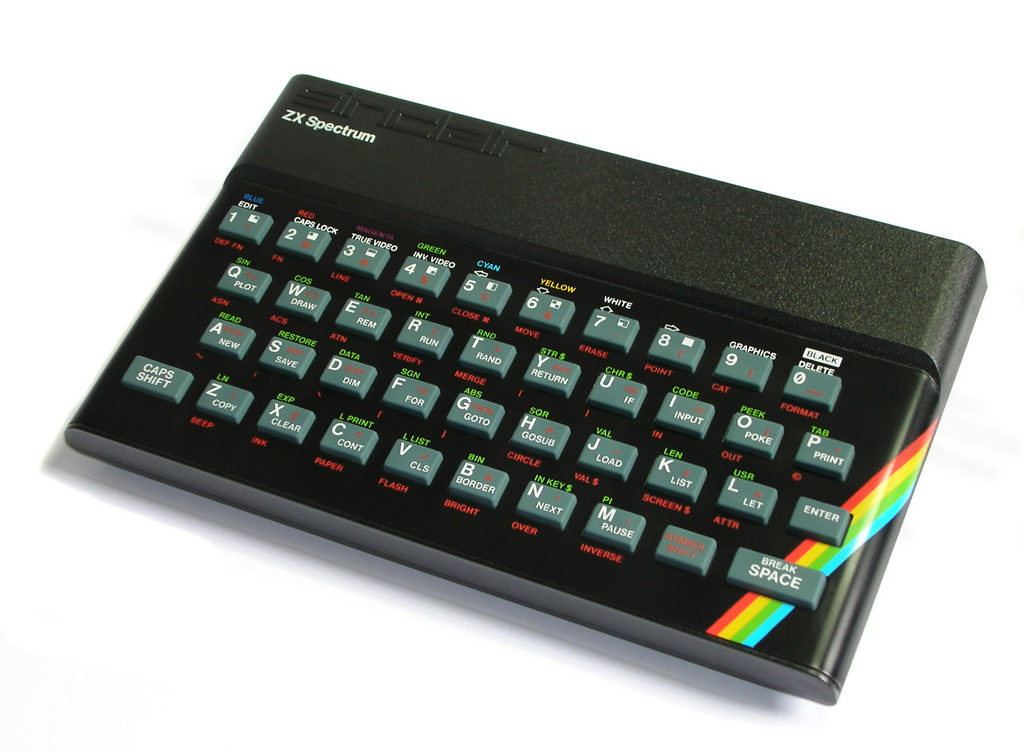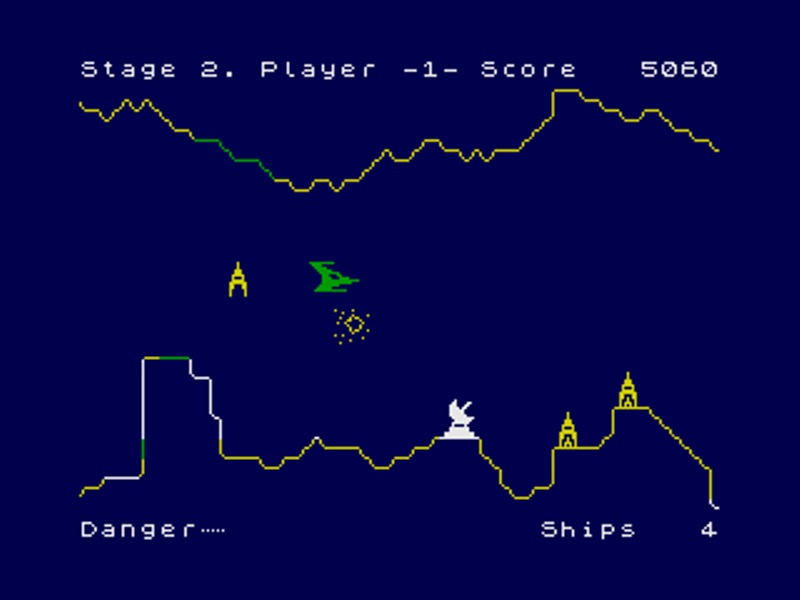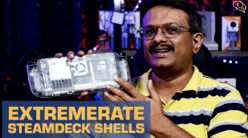In the summer of 1987, me and my brother were at our Grandma’s place in Chennai for our vacation. This year ended up being quite different from all the previous years because it gave us our first encounter with a computer. This summer experience planted the seeds of our interest in computing which continues to this day. Looking back to those days, it still amazes me how primitive the specifications of that computer seem when compared to even some of the cheapest feature phones that are available nowadays (don’t even compare it to smartphones). Yet, that computer had capabilities that kept us engaged and entertained for hours during that fateful summer. The computer was a Sinclair ZX Spectrum. One of our relatives had left it at my Grandma’s place as they had moved on to a bigger and better computer. This particular model of the Spectrum had 3 times the memory of its predecessor which basically meant all of 48KB. Yes, you read that right, it’s not a typo, the computer actually had 48 Kilo-Bytes of RAM. The computer looked pretty much like a small keyboard with rubbery keys like in a cheap calculator.
 It did not have its own monitor so you hooked it up to the TV (the ones with picture tubes which are pretty much extinct now). It had no disk drives. Instead you attached your audio cassette recorder to it and used cassettes to load or save programs/data. It had an 8-bit CPU running at 3.5 Megahertz. The operating system was basically an interpreter for a specialized dialect of the BASIC programming language named Sinclair BASIC. In spite of having such meager resources, the machine was no slouch. It had an amazing library of software titles ranging from business software to scientific applications to simulators to arcade style games. We being very responsible and studious kids mostly worked on the business and scientific applications. Just kidding! Like any other kid during summer vacation, we mostly just played the games. Our favourite game was one with a risque sounding name of “Penetrator”. It was a side scrolling arcade style game where you flew a spaceship through various colourful landscapes to bomb enemy radar stations and missiles. If you managed to complete the last level, then you would be treated to a spectacular fireworks display with a rousing soundtrack made up entirely of beeps. The levels were quite tough but amazingly the game even had a level designer where you could design your own level with custom landscape and enemy positions. Looking back at it now, I am still amazed how the programmers of that game pulled it off. That is real coding!!
It did not have its own monitor so you hooked it up to the TV (the ones with picture tubes which are pretty much extinct now). It had no disk drives. Instead you attached your audio cassette recorder to it and used cassettes to load or save programs/data. It had an 8-bit CPU running at 3.5 Megahertz. The operating system was basically an interpreter for a specialized dialect of the BASIC programming language named Sinclair BASIC. In spite of having such meager resources, the machine was no slouch. It had an amazing library of software titles ranging from business software to scientific applications to simulators to arcade style games. We being very responsible and studious kids mostly worked on the business and scientific applications. Just kidding! Like any other kid during summer vacation, we mostly just played the games. Our favourite game was one with a risque sounding name of “Penetrator”. It was a side scrolling arcade style game where you flew a spaceship through various colourful landscapes to bomb enemy radar stations and missiles. If you managed to complete the last level, then you would be treated to a spectacular fireworks display with a rousing soundtrack made up entirely of beeps. The levels were quite tough but amazingly the game even had a level designer where you could design your own level with custom landscape and enemy positions. Looking back at it now, I am still amazed how the programmers of that game pulled it off. That is real coding!!

A couple of years later, we ended up buying a version of that same computer for our home and later moved on to a full-fledged personal computer. But even today, we have fond memories of the little computer that could. In case any of you would like to get a taste, I believe there are several emulators available on Android that allow you to run a virtual Spectrum machine within your smartphone and play some of the games and other software. People interested in programming should definitely give it a spin because today we have the luxury of computers with gigabytes of memory and multi-Core processors which have spoiled us so much that we hardly give much thought to code optimization. By looking at some of the amazing software written for the Spectrum all running effortlessly within 48 KB of RAM, you can realize how much is possible with how little resources. In any case, I am sure you can at least have some fun playing the retro games. I will be back with some other stuff to discuss (past & present) soon. Looking forward to your comments and feedback. Bye.

Vinayak Nair is a self-confessed geek from the days when computer memory was measured in Kilobytes. I create YouTube videos on 3D Printing, DIY Projects, Everyday tech reviews and also delve into gaming.






